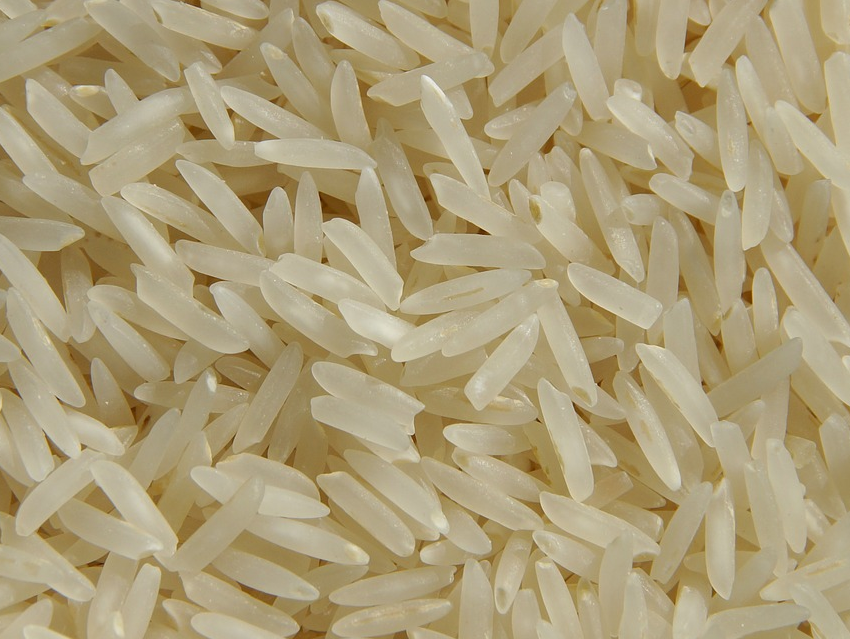In Europe, the most common fraud with rice is selling low-quality rice as if it were of high quality. In other places plastic is added to grains in quantities undetectable by the consumer until it is cooked.
José S. Torrecilla, Universidad Complutense de Madrid, Spain, and colleagues have developed an algorithm based on deep learning that allows detecting irregularities in the labeling of rice with a photo taken with a smartphone. The team took more than 27,000 images (samples) of five different types of rice (Oryza sativa L.) to design and validate the deep learning-based system. The rice was ground to distinguish the type of rice not only when it is in grain form but also when it is ground into flour.
According to the researchers, the result is an algorithm based on convolutional neural networks which is capable of detecting and classifying all five rice types accurately. The team said that they obtain final precision models between 93 and 99 %. Compared to other detection methods, this technique is simple and cheap. And according to the researchers, the technology can be extrapolated to other types of cereals or food.
- Visible imaging to convolutionally discern and authenticate varieties of rice and their derived flours,
Manuel Izquierdo, Miguel Lastra-Mejías, Ester González-Flores, Sandra Pradana-López, John C. Cancilla, José S.Torrecilla,
Food Control 2020.
https://doi.org/10.1016/j.foodcont.2019.106971




